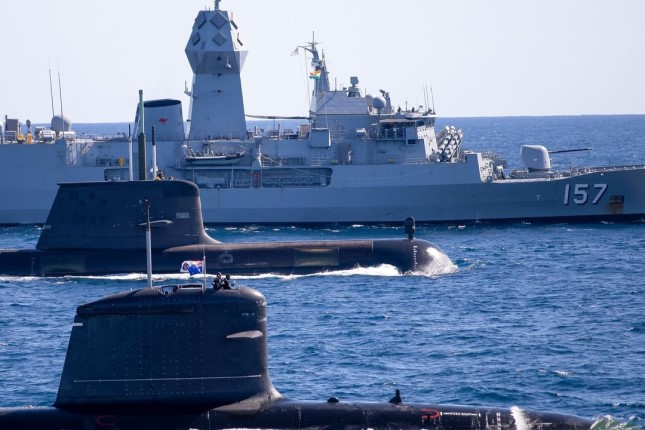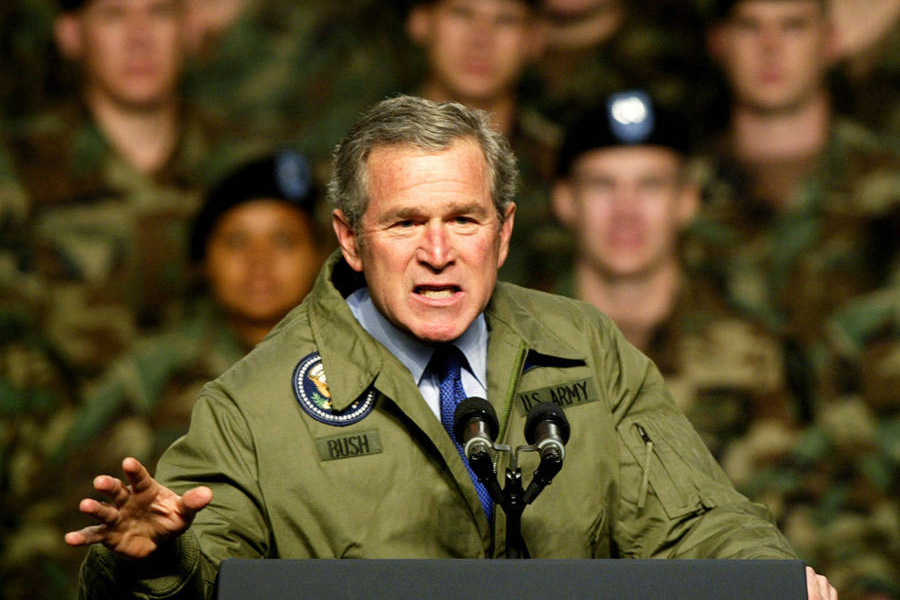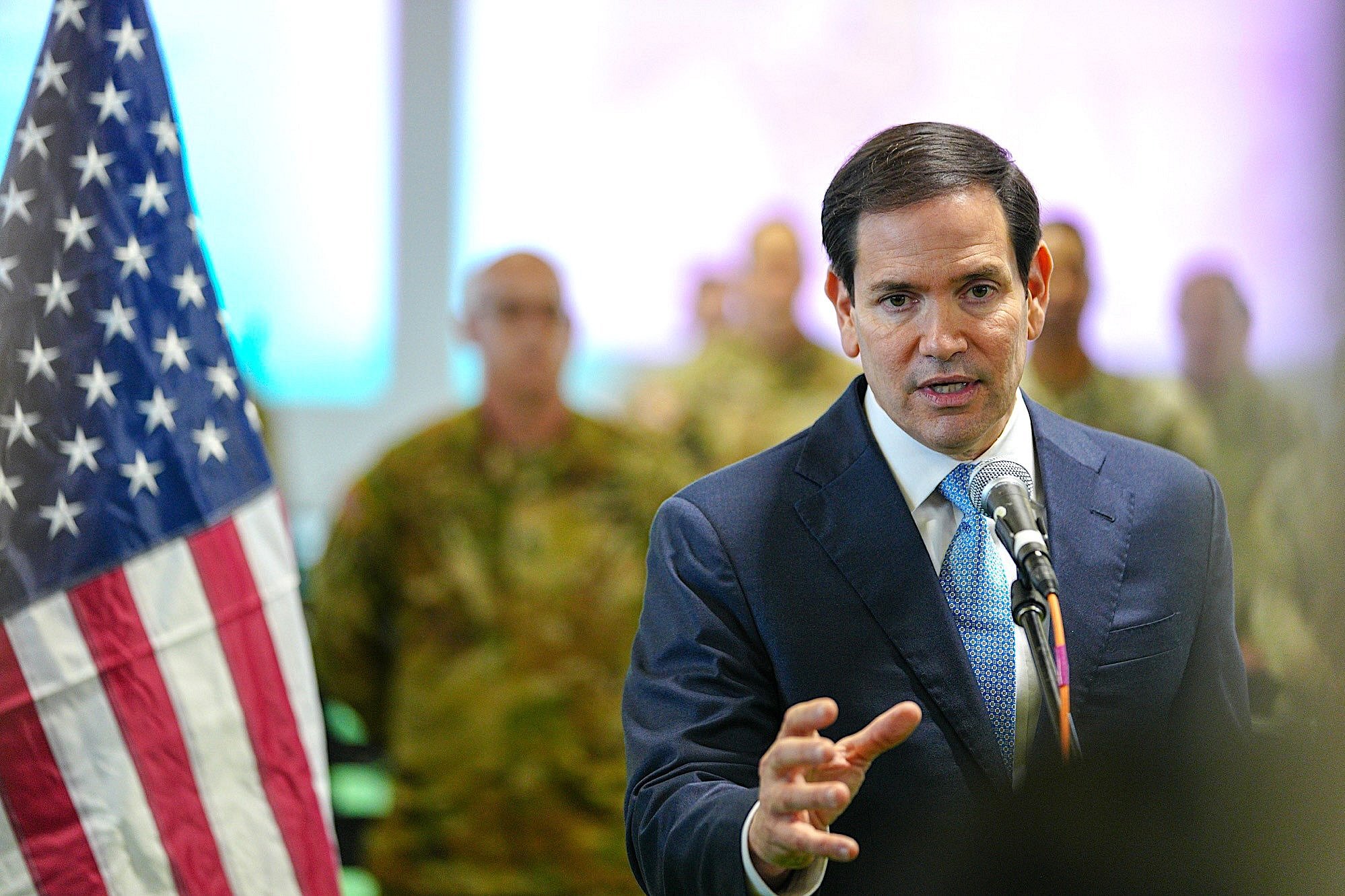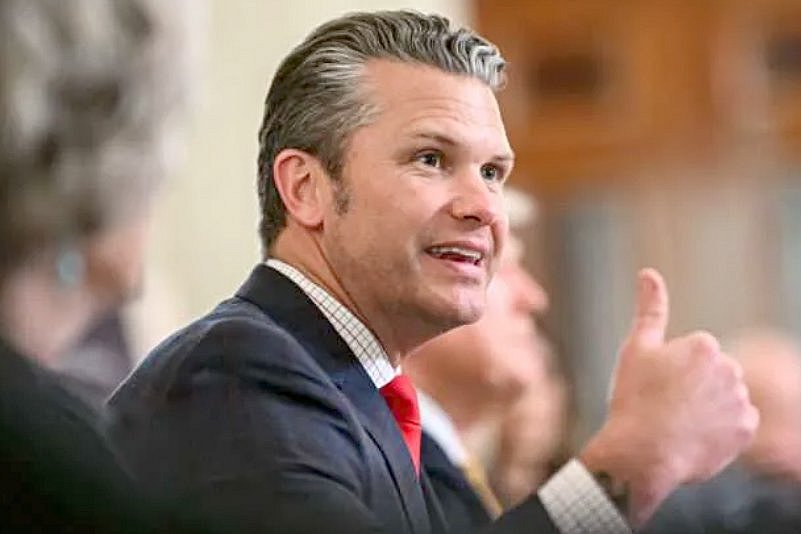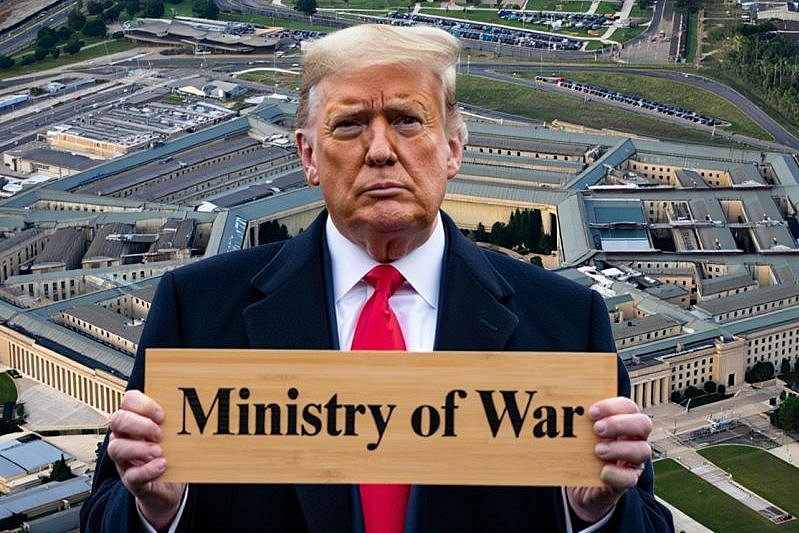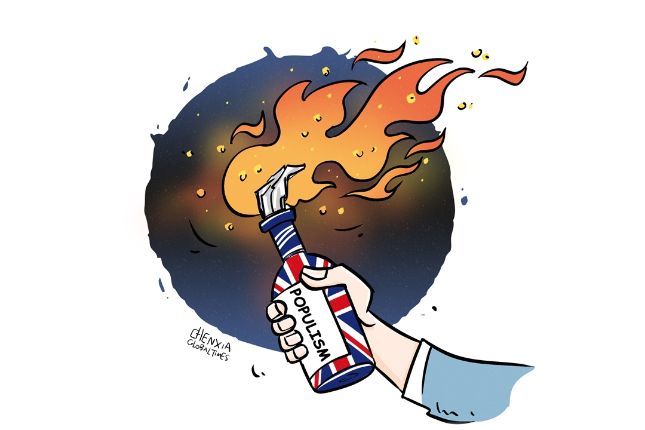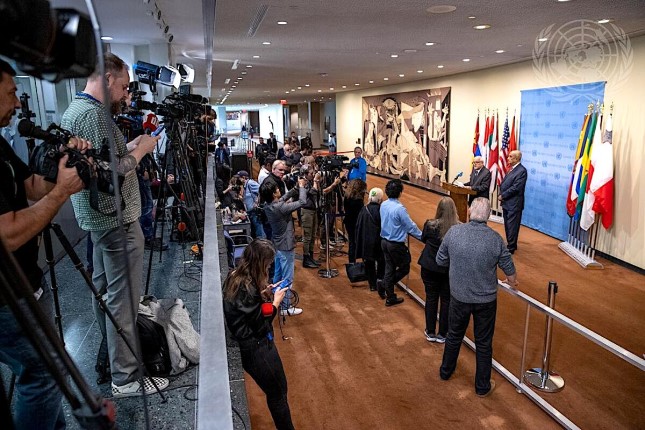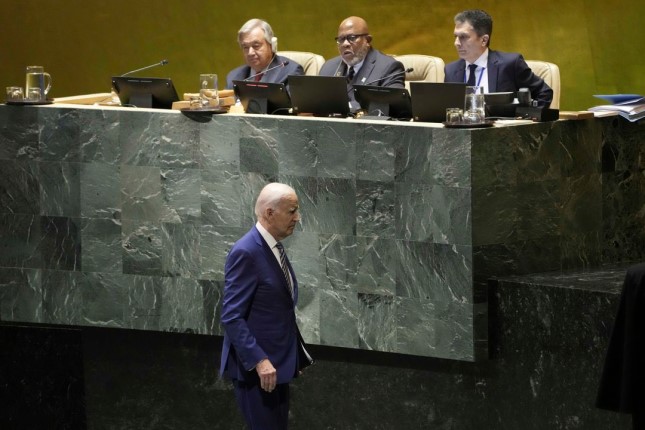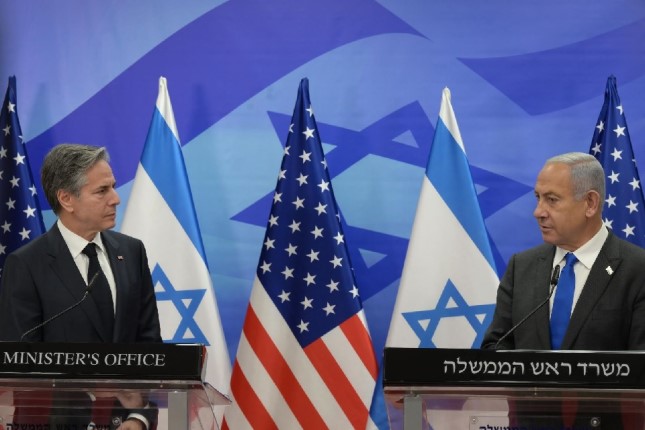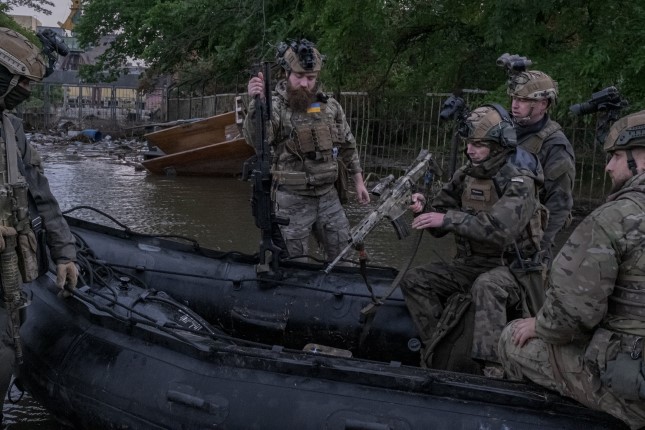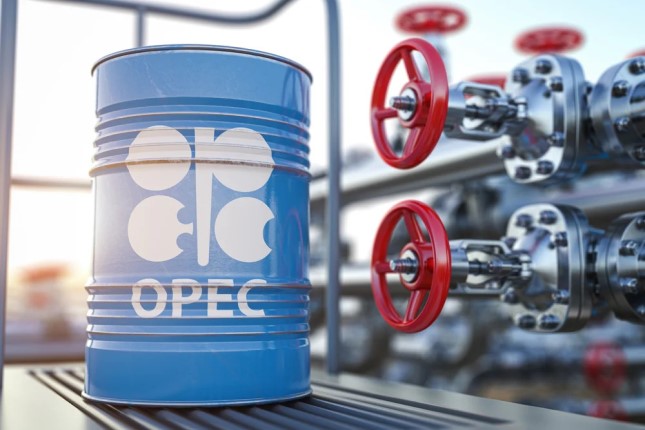As striking as the scale of the build-up is its explicit intent. There has been minimal attempt by the government or the Department of Defence to hide the fact that the naval expansion is aimed at the preparation of war and that the primary target is China.
Under the plan, Australia’s fleet of warships will increase from 11 currently to 26, though the program will not be completed until the 2040s. At the centre of the policy is a major expansion of “strike capability.” The government has boasted that the naval overhaul will increase the number of planned vertical missile cells from 432 to 702.
The program is in line with the Defence Strategic Review (DSR), commissioned by Labor shortly after it assumed office in May 2022, completed in record time and adopted by the government last April.
The DSR called for a transformation of all branches of the defence force and unveiled a new military doctrine. As opposed to its previous nominal purpose of protecting the Australian continent and its approaches, the military would develop “impactful projection” that could extend throughout the Indo-Pacific and beyond.
This agenda, centering on the acquisition of missile capabilities across all branches of defence, was explicitly connected by the DSR to the increased likelihood of “conflict” in the region.
The conflict referred to is the advanced US preparations for war against China, which is viewed as the chief threat to American imperialist hegemony in the Indo-Pacific and globally. Australia is on the frontline of this program, first unveiled in 2011, with the country’s transformation into a hub of US-led operations greatly accelerated under the current Labor government.
Just as the DSR was worked out in close collaboration, so too is the naval expansion. It is based on an “independent review” headed by retired US Navy Vice Admiral William Hilarides, who no doubt remains plugged into high echelons of the American military.
Marles said the review, handed to the government last year, indicated that the existing fleet was “not appropriate for the strategic environment we face, noting it is the oldest fleet Navy has operated in its history.” It called for “greater capability in integrated air and missile defence, multi-domain strike and undersea warfare” and insisted on “immediate implementation” based on references to the “security” situation.
Speaking alongside Marles yesterday, Mark Hammond, the chief of the Australian Navy, proclaimed the new plan to be the “most consequential investment in the surface combatant force of the Royal Australian Navy in generations.” The new fleet would be not just the largest, but also the “most lethal,” he said, under conditions of “increasing geostrategic uncertainty.”
The repurposed fleet will be composed of two tiers, with some of the capabilities already announced.
Tier 1 will consist of nine vessels, including three 7,000-tonne Hobart-class Air Warfare Destroyers launched between 2015 and 2018. They are being upgraded with newer combat systems, enabling them to fire missiles at a range of around 250 kilometres from their 48-cell vertical launch systems. The destroyers will likely be equipped with Tomahawk and Naval Strike Missiles, the procurement of which were announced by the government last year.
In addition, the government will proceed with the construction of six Hunter-class frigates, down from the previous plan of nine, despite blowouts in both cost and the length of time it has taken for their construction. Their design will be modified to provide for increased missile cells and the ability to launch Tomahawks. They will replace the existing Anzac vessels which are to be progressively phased out.
Most of the new announcements cover so-called Tier 2, which is billed as an “agile” fleet of smaller vessels, suitable for rapid deployment and manoeuvres.
This will include the construction and acquisition of 11 “general purpose” frigates. While the government claims that eight of those will be constructed in Australia, the first three are to be purchased off the shelf. The design and manufacturing country has yet to be determined, or at least publicly unveiled, with Japanese, Spanish and Korean frigates all floated as possibilities.
The government has confirmed that those ships will be in the 3,000-plus tonnes class, substantially larger than corvettes and other small vessels previously discussed.
The government has also announced its intention to acquire six new large optionally crewed surface vessels (LOSVs), some through purchase from the US and others supposed to be built in Australia. The LOSVs, which are still under design, are to be massive waterborne drones, decked out with missiles even though they do not require a crew.
An additional 25 “minor war vessels” will complete the fleet, including six that are to focus on “patrols,” especially in the south-west Pacific, where the US and Australia are engaged in an aggressive campaign against any increasing Chinese influence.
The naval build-up is part of a broader program. That includes the acquisition of a fleet of potent nuclear-powered attack submarines under the AUKUS pact with the US and Britain, plans to purchase hypersonic missiles and a parallel upgrade of “strike capabilities” in the air force and army.
The expansion occurs as US basing in Australia is being dramatically increased. US B-52 bombers, capable of carrying nuclear weapons, are being “rotated” through northern Australia and US nuclear-powered submarines have begun docking at Australian ports. At the Australia-United States Ministerial Consultations in Brisbane last July, the Labor government unveiled a sweeping agreement to provide the US military with virtual carte blanche access to Australian bases and military facilities across all domains.
The naval program has been unveiled in the wake of several incidents over the past year, including disputes and near-clashes with the Chinese Navy, that have highlighted the continuous participation of the Australian Navy in provocative US-led patrols throughout the region, including in the disputed East and South China Seas.
Marles and other Labor ministers have sought to present the naval expansion as a jobs boon. Even by their own estimates, which undoubtedly exaggerate the numbers, only 3,700 direct jobs will be created by the naval development, all of them in Perth and Adelaide.
In addition to obscuring the issue of war, the jobs angle is aimed at dampening down anger over ever greater military spending. Labor has pledged to increase naval spending to pay for the announcements by $1.7 billion over the next Forward Estimates and $11.1 billion over the next decade. The review, however, reportedly found a $25 billion hole in naval spending. The total price tag of the AUKUS nuclear-powered submarines is up to $368 billion.
That means decades of austerity as government spending is diverted from already crisis-ridden and under-resourced hospitals, schools and social programs to the military.
Despite the scale of the naval program, its reception from hawkish and pro-war commentators has been mixed. Some have bemoaned the time-scale as far too long, complaining that Labor is pushing off the necessary development of a vast military decades into the future. Others have cautiously welcomed the announcement, while insisting that it must be delivered upon without delays.
Whatever their differences, all have indicated in one form or other that the latest announcements are only the beginning of a far broader build-up.
Photo: Royal Australian Navy submarines and ship © Facebook / Royal Australian Navy.
Source: World Socialist Web Site.
